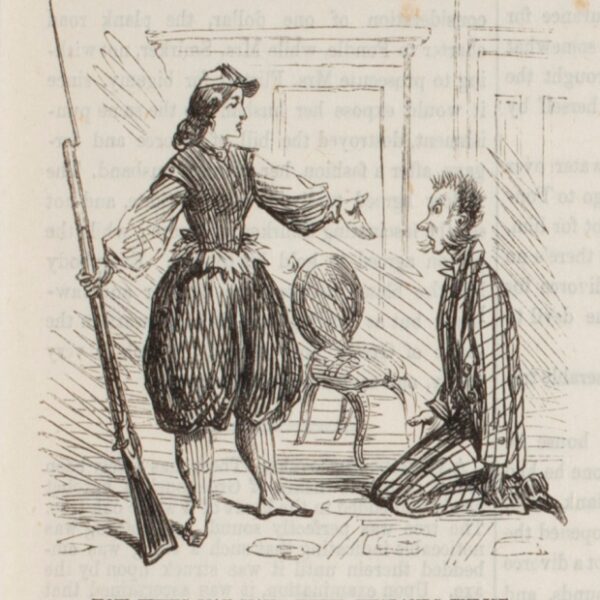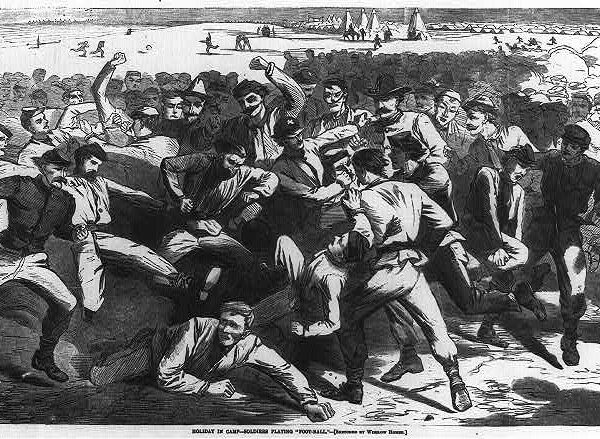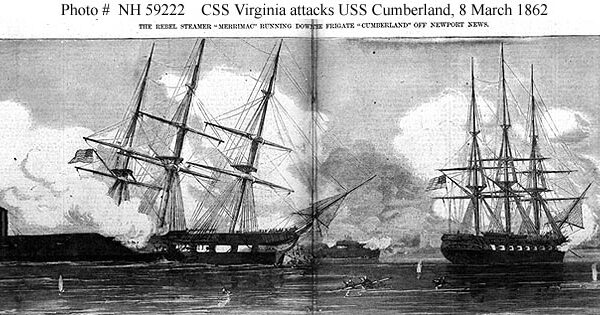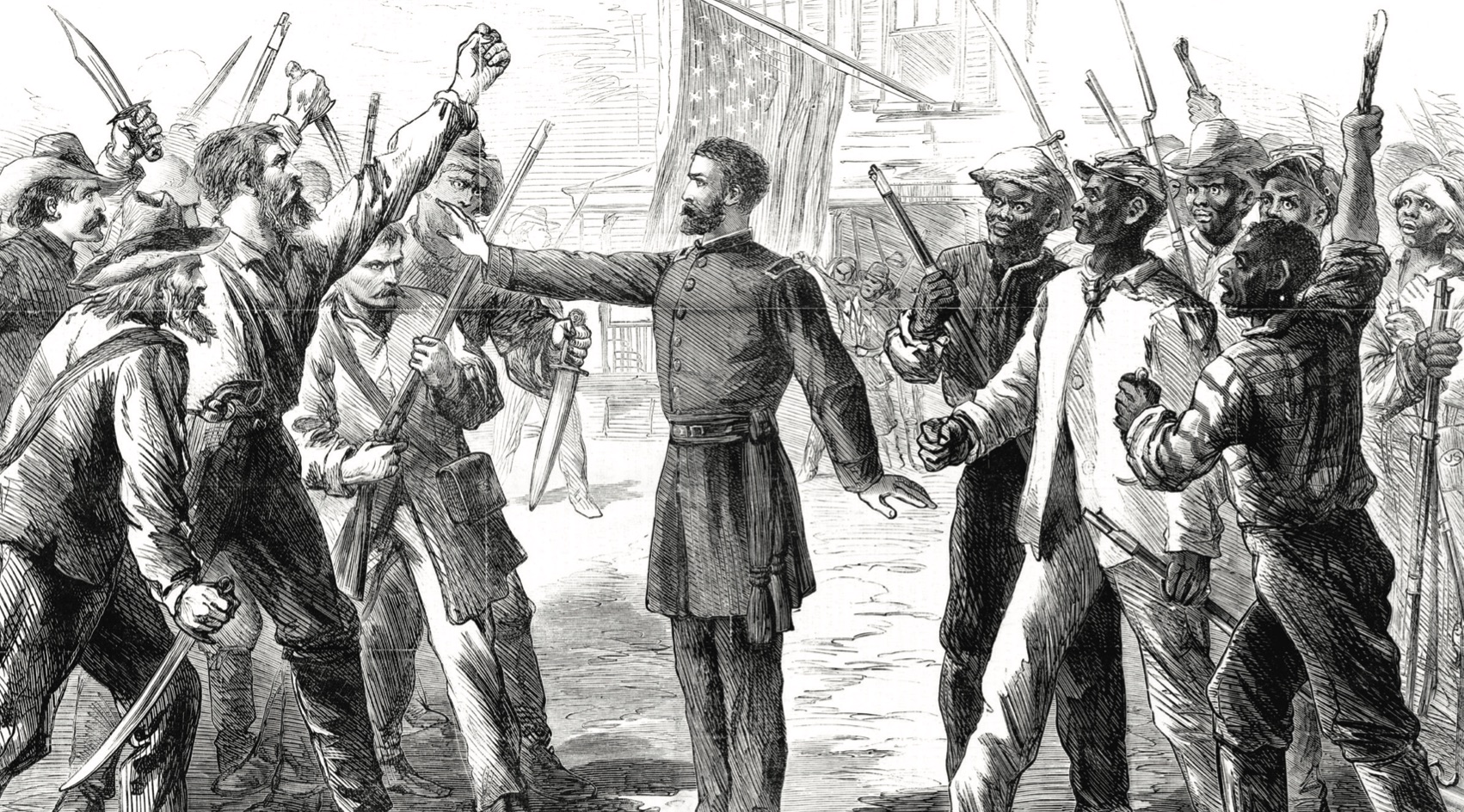
In this sketch by Alfred Waud, a federal official stands between armed groups of southern whites and African Americans during Reconstruction.
It’s safe to say that while many Americans take a great interest in the battles and leaders of the Civil War, far fewer are familiar with the events of Reconstruction, the dozen years after the conflict. Moreover, much of what people do know about this time—when the federal government attempted to rebuild the country and define the meaning of freedom for millions of former slaves—comes from dated scholarship that reached its most popular expression in the 1915 film The Birth of a Nation.
As a historian of Reconstruction politics and policy, I often find it challenging to contest long-held beliefs about these important postwar years—specifically the view that Reconstruction was a wrong-headed effort to punish white southerners by constructing new regimes throughout the South led by irresponsible whites and incompetent blacks, and supported by federal bayonets. I also find that people seem reluctant to read about this area of American history. For those who are interested in an introduction to Reconstruction, the following list of books, while far from exhaustive, is a first step to understanding the period that to a large extent determined what the Civil War did—and did not—achieve.
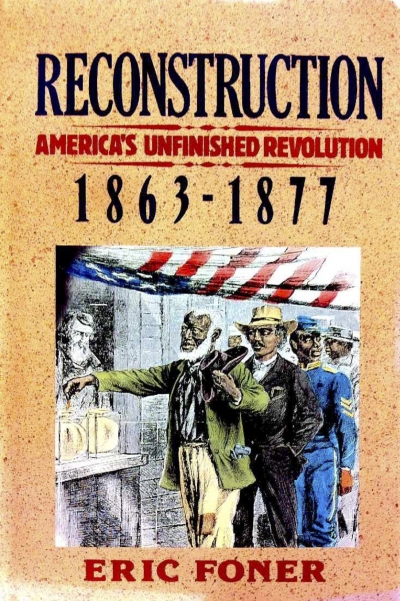
Start with Eric Foner’s masterful Reconstruction: America’s Unfinished Revolution, 1863–1877 (1988). Like W.E.B. DuBois in Black Reconstruction in America, 1860–1880(1935), Foner places African Americans at the center of his story, highlighting the achievements of Reconstruction even as he chronicles its collapse in the 1870s. Foner gives due emphasis to events in the North as well as the South that shaped the outcome of Reconstruction, and he reminds us that the period witnessed a true political, economic, and social revolution, however abortive. Those in search of a quicker read (Foner’s Reconstruction is over 700 pages) might consult the author’s Forever Free: The Story of Emancipation and Reconstruction(2005), a much more concise introduction to the period.
Although over a half-century old, John Hope Franklin’s Reconstruction After the Civil War(1961) remains an excellent treatment of the period, with a keen appreciation of Reconstruction’s possibilities, achievements, failures, and shortcomings. A more recent overview of Reconstruction that challenges prevailing understandings is Mark Wahlgren Summers’ The Ordeal of the Reunion: A New History of Reconstruction(2014). Summers suggests that scholars have underestimated the importance of sectional reconciliation and placed far more emphasis on black rights than many policymakers at the time. In short, according to Summers, the revolution that Foner believes was left unfinished was never really intended: The war for reunion was, all things considered, a resounding triumph, even if a messy one.

Many wonder what might have happened differently if white southerners had been left to work out their own issues during the immediate postwar years. Fortunately, Dan T. Carter’s When the War Was Over: The Failure of Self-Reconstruction in the South(1985) reminds us that white southerners, encouraged by a supportive president, had just such an opportunity immediately after the war, and they used it to subordinate African Americans as much as they could. Republican policy initiatives, often portrayed as sparking white supremacist violence, were in fact a reaction to this suppression. In After Appomattox: Military Occupation and the Ends of War(2015), Gregory P. Downs takes the federal occupiers’ point of view to describe why and how the United States military responded to protect the freedpeople and help construct a new political order to promote freedom and equality. Meanwhile, Leon F. Litwack’s Been In The Storm So Long: The Aftermath of Slavery(1979) remains essential to understanding the perspective of the newly liberated blacks.
This is narrative history from the bottom up at its finest, rich with stories that help us recover what was going on in the South as blacks sought to carve out a new existence. Taken together these three books highlight the limitations as well as the possibilities of Reconstruction during the first years after Appomattox. One comes away wondering whether the rapid restoration of civil government in the South was such a good idea.
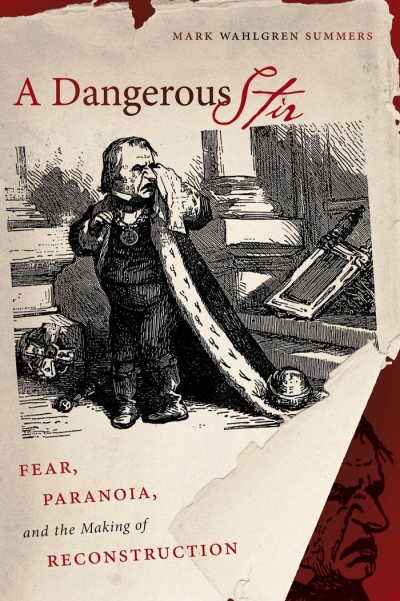
Today, the fantastic headlines, wild claims, and rushed reporting that characterize the Internet and social media can make it hard to tell what is really happening in the world. As Mark Wahlgren Summers argues in A Dangerous Stir: Fear, Paranoia, and the Making of Reconstruction(2009), things were not much different during Reconstruction, when exaggeration and sensationalism often held sway. Yet the stories of white supremacist terrorist violence against African Americans and their allies were not fabricated tales, as Douglas R. Egerton vividly reminds us in The Wars of Reconstruction: The Brief, Violent History of America’s Most Progressive Era(2014). Those Americans who think that terrorism or the violent overthrow of regimes never happened in the United States will have their eyes opened. Why such violence became the preferred means of overthrowing Reconstruction in the South is the theme of Michael Perman’s The Road to Redemption: Southern Politics, 1869–1879(1984).
Perman shows how politicians’ efforts to move past Reconstruction and focus on other issues were foiled by economic depression, Republican factionalism, and the disintegration of centrist politics in the South. In the wake of these setbacks, white southerners were determined to topple Republican regimes by force. Taken together, the studies of Summers, Egerton, and Perman also remind us that growing northern apathy toward events in the South, as well as erosion of both the will and the ability of Republicans to prevail, played an essential role in the collapse of the endeavor to secure black rights.
These books serve as a point of entry—and hopefully a point of departure—for people who seek to understand Reconstruction policy and politics, as well as the brave efforts of the freedpeople to gain what was rightfully theirs. One cannot fully understand the meaning of the American Civil War without coming to grips with what happened during Reconstruction.
BROOKS D. SIMPSON IS FOUNDATION PROFESSOR OF HISTORY AT ARIZONA STATE UNIVERSITY AND THE AUTHOR OF SEVERAL BOOKS ON THE CIVIL WAR AND RECONSTRUCTION.
This article appeared in the Spring 2016 (Vol. 6, No. 1) issue of The Civil War Monitor.

